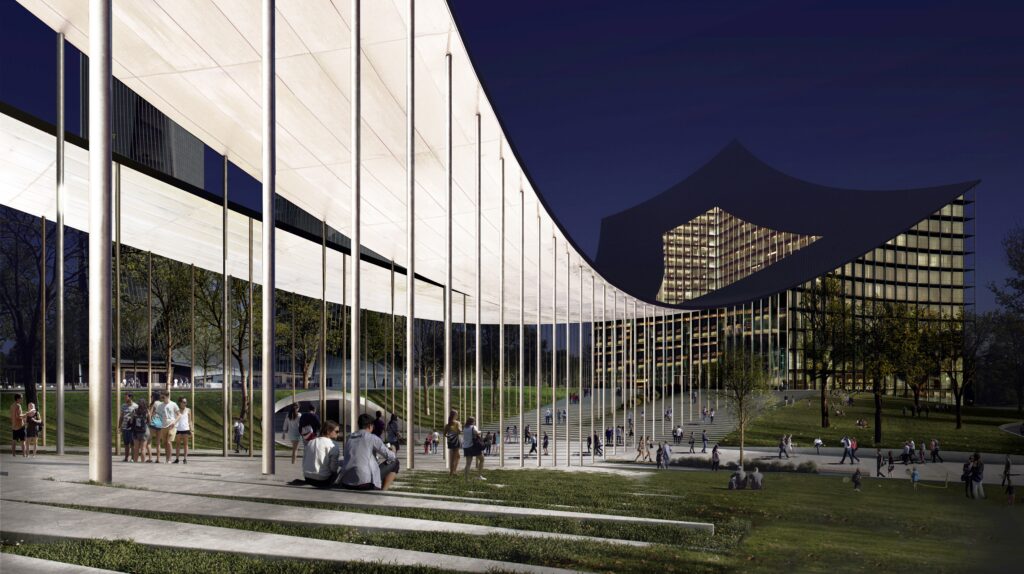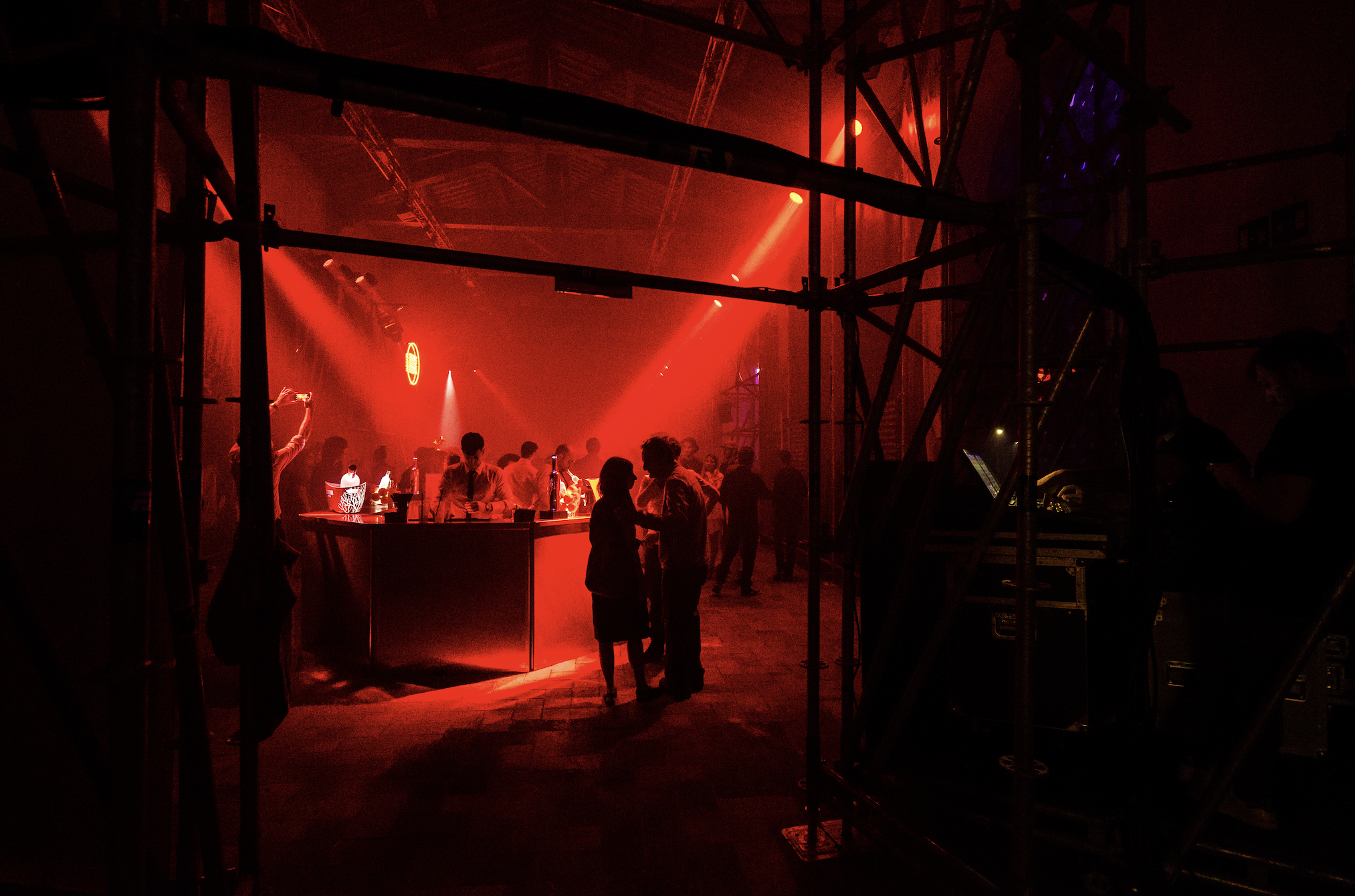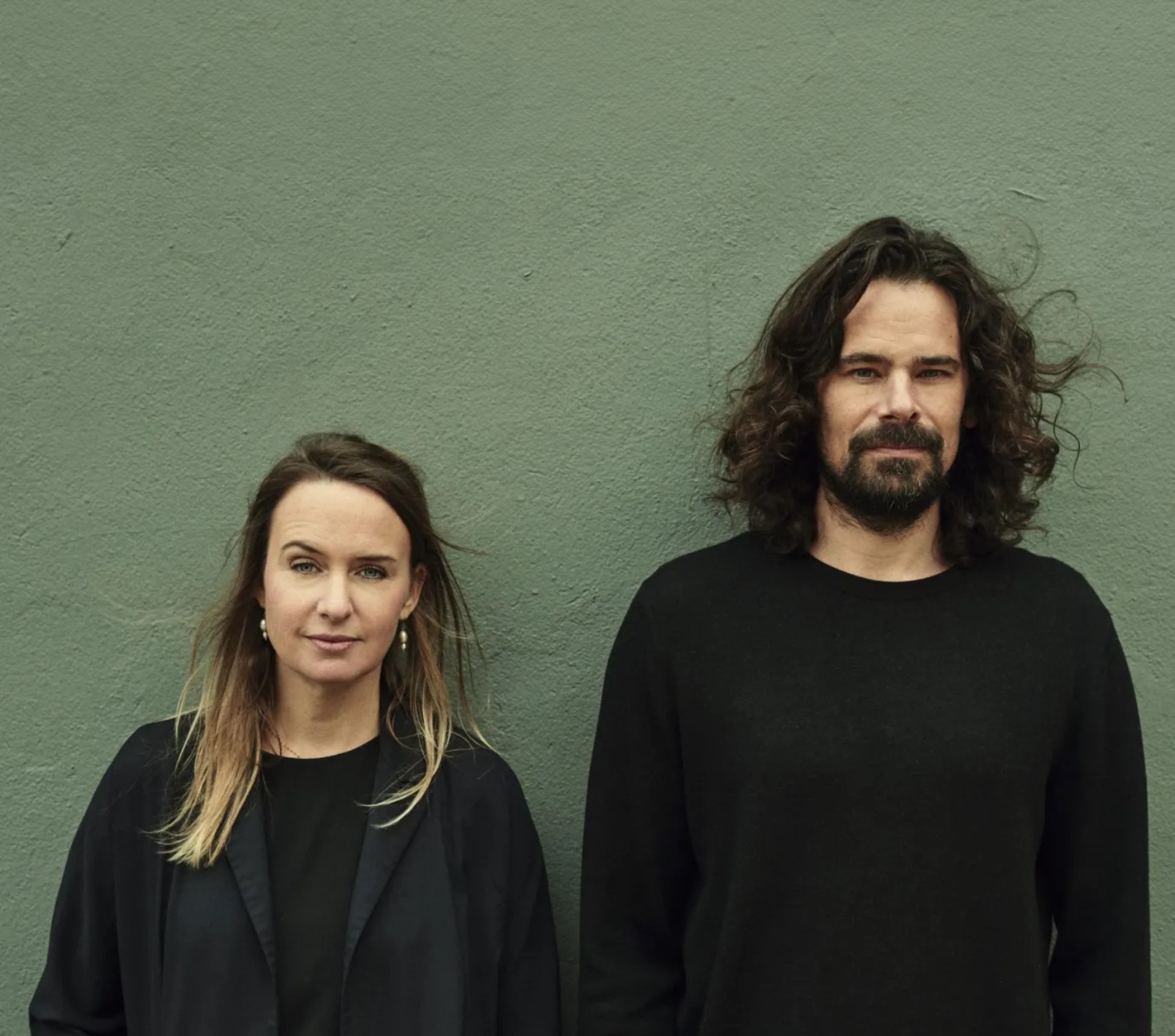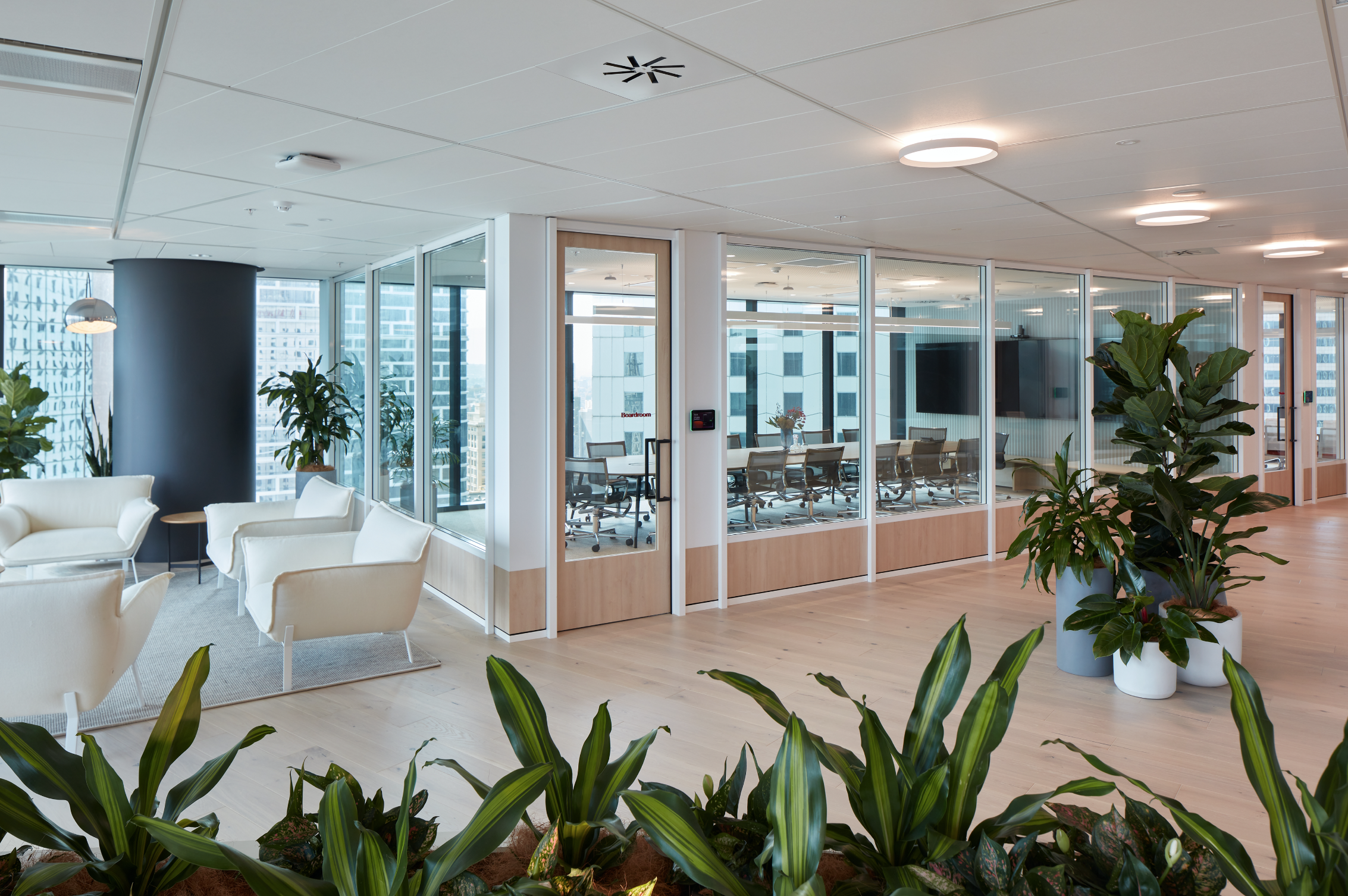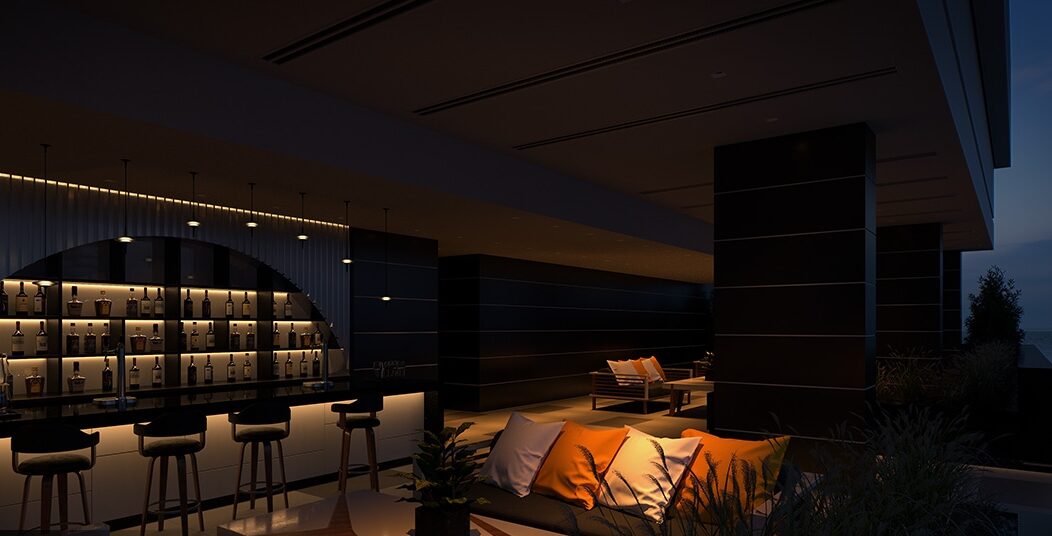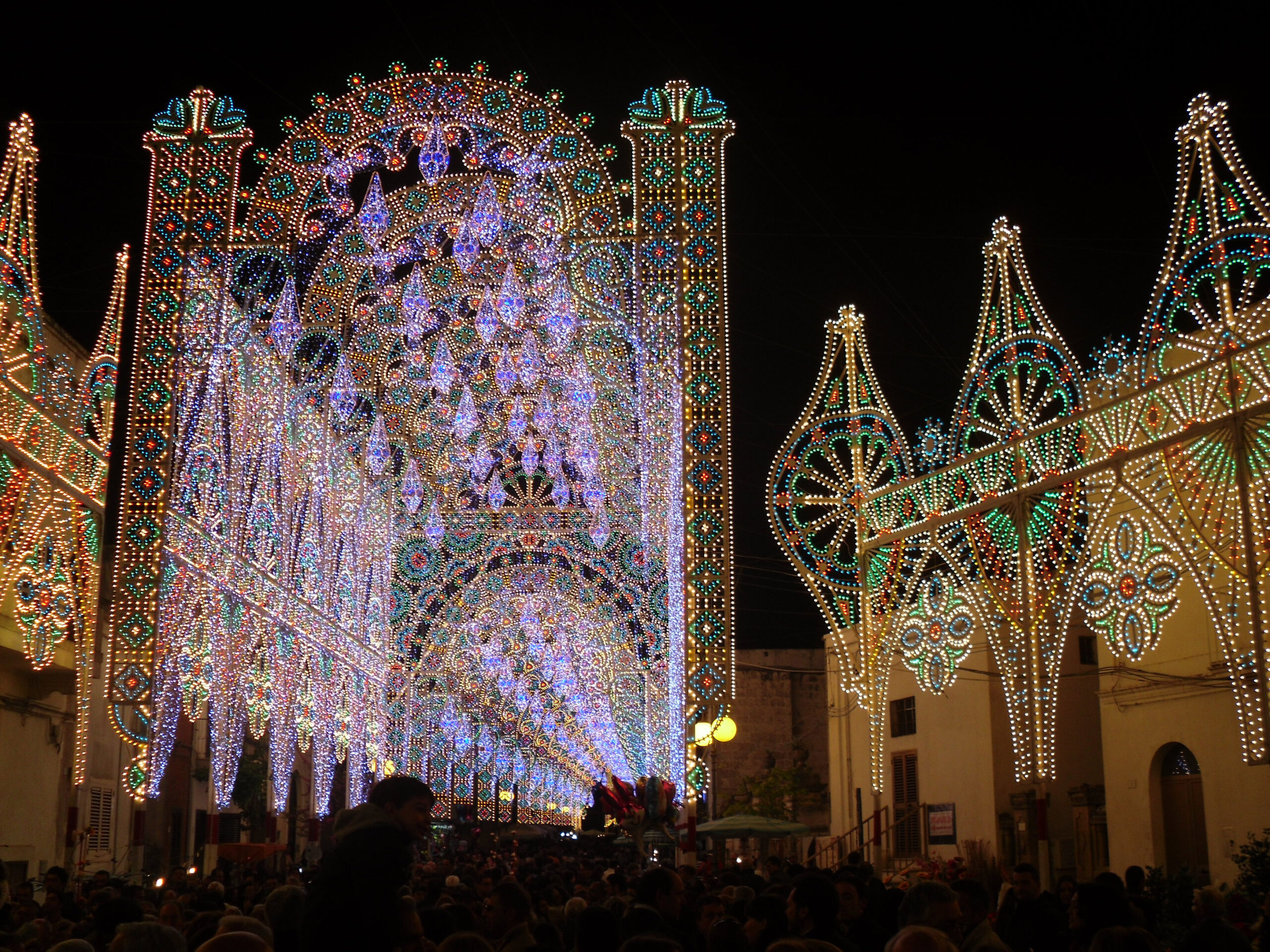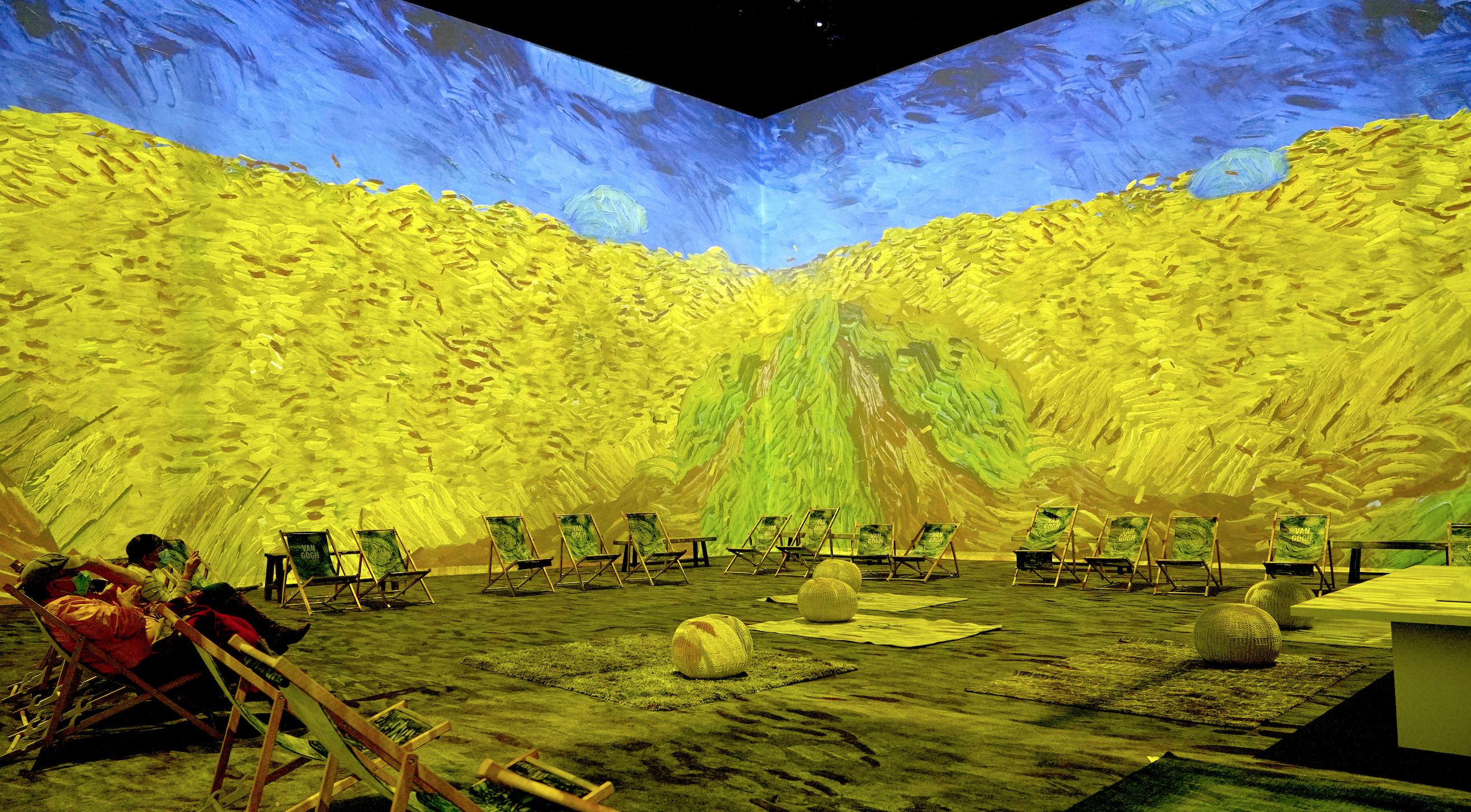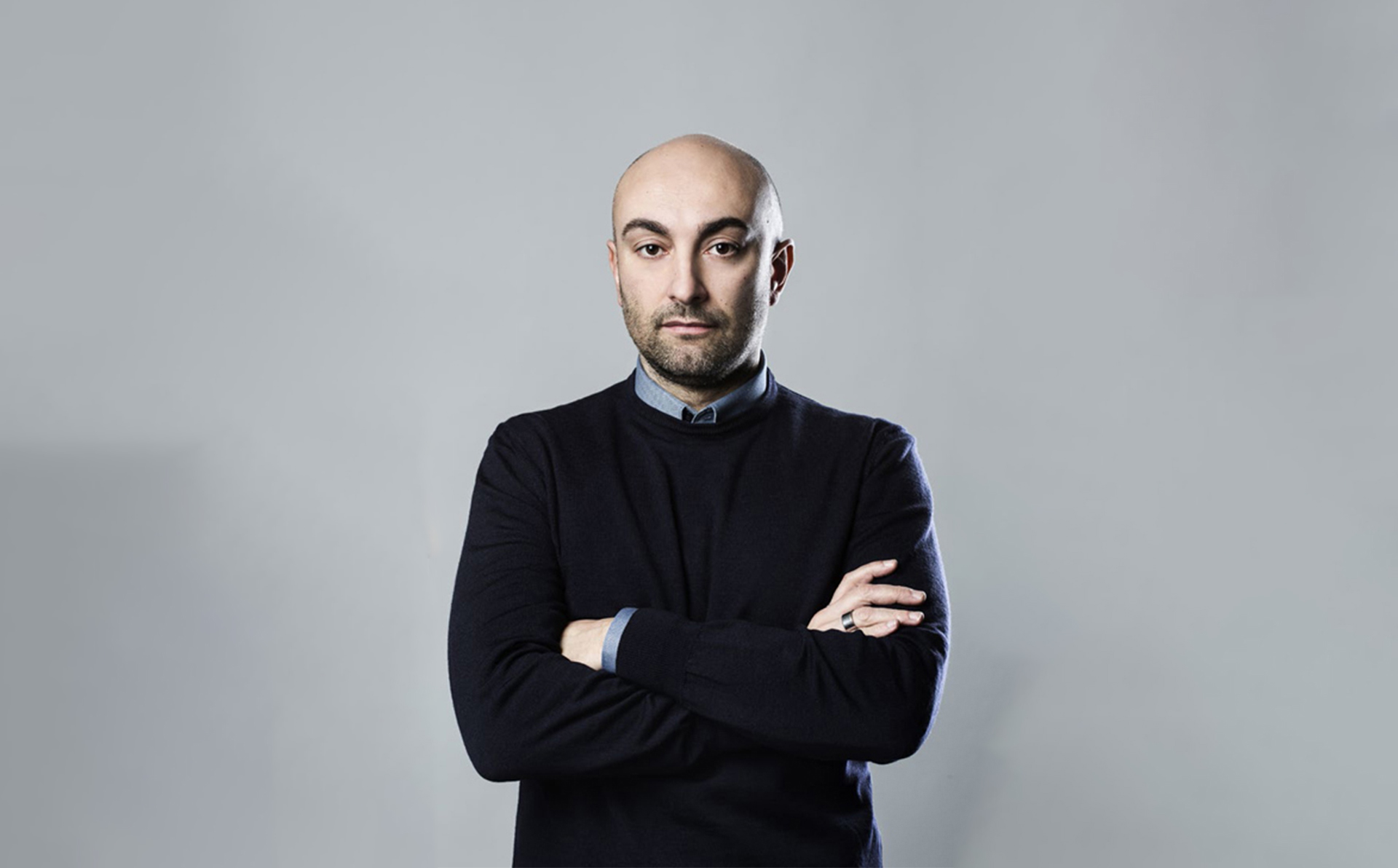«Engaging in a conversation with the architectural forms is critical to any good lighting scheme; it is the stones and bricks themselves which suggest how they should be illuminated. There is no such a thing as a perfect recipe, no pre-measured ingredients: we need to get into a conversation with the context», declares architect Piero Castiglioni. He who, for the first time in Italy, turned lighting design into a profession and continues to work both in Italy and abroad, without forgetting about “his” Milan.
You have referred to yourself as an “architect-electrician” on several occasions. Do you still identify with this description? And what’s behind this choice of words?
«My idea of the design world is craftmanship-oriented, the know-how is a dimension that needs to be restored. My mindset stems from my family’s experiences. My grandfather Giannino Castiglioni was a sculptor-architect: he created more than 60 tombs and chapels in the Monumental Cemetery of Milan, and several war memorials in Northern Italy. He used to describe himself as a non-artist craftsman, which was correct because he always worked on commission unlike his contemporaries, such as Medardo Rosso, who used to sculpt his works on his own accord. In a sense, my father Livio and his brothers – my uncles, that is – Achille and Pier Giacomo, have always worked following an artisanal approach. I remember their design projects evolving from plaster and plasticine models: at the time they didn’t have computers or rendering software, so their space was a sort of workshop. I am a designer with a craftsman’s approach to his work, and this is what I mean by saying I am an electrician-architect: it all originates from my vision of a space or a building, and light arises each time as an outcome of my thinking and observing».
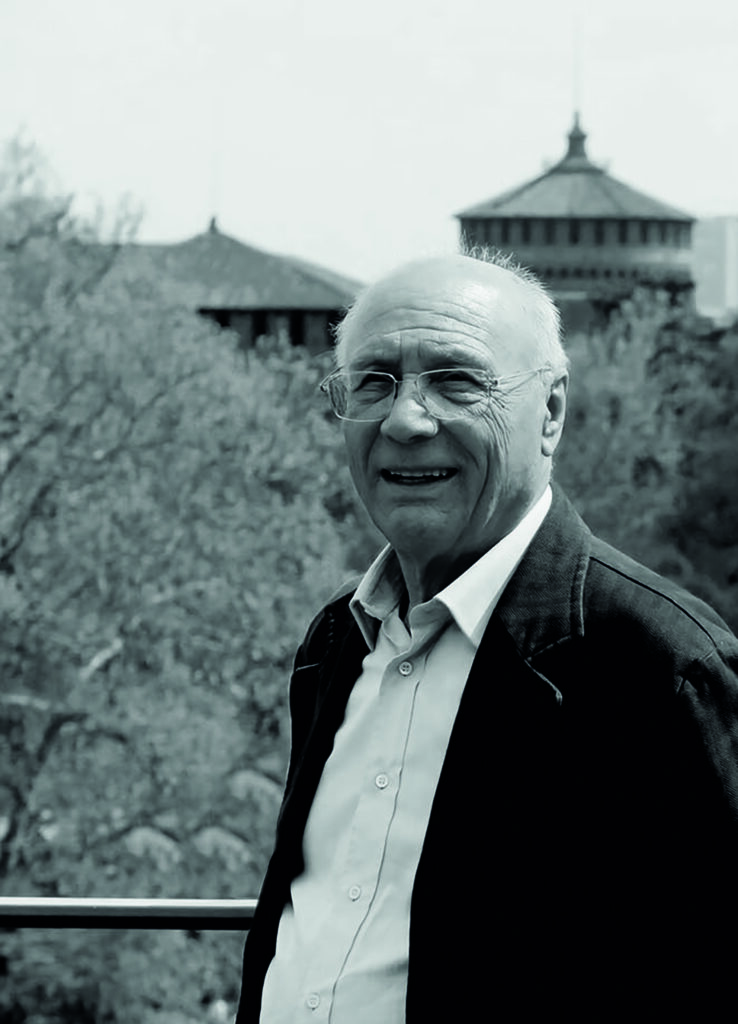
What skills do you need to become a lighting professional?
«You must be able to conceive projects, able to know intuitively what needs to be done and then be able to put all your thoughts and ideas into practice. I hate the word “creativity”, the notion itself doesn’t exist! All that’s creative pertain to religious concepts, like deities who make objects or living beings appear out of nowhere. To put it simply, architects and designers have intuitions they’re able to translate into forms. The same applies to lighting designs, it’s all about understanding what to do and how to do it: enhancing shapes and finishings with light, making every detail readable. University masters or specialization courses can teach you all about the technical side, while subtleties are learnt by doing. But it is fundamental to build a solid basic culture as well as the ability to plan and come up with long-term projects; the ability to have visions».
During your career you’ve worked on internationally renowned projects with several Pritzker Prize-winning architects, not least Chipperfield who received the award this year. What’s the most important encounter of your career and why?
«Career-wise the most important and most stimulating person I ever met is Gae Aulenti when we designed the Musée d’Orsay. Converting a railway station into a museum was something amazing: studying the lights was really challenging because Aulenti didn’t want the appliances to show. The architecture itself was designed to evenly apportion the light; I found it very difficult to achieve the expected result and deal with an institution which, in fact, is among the most important of France».
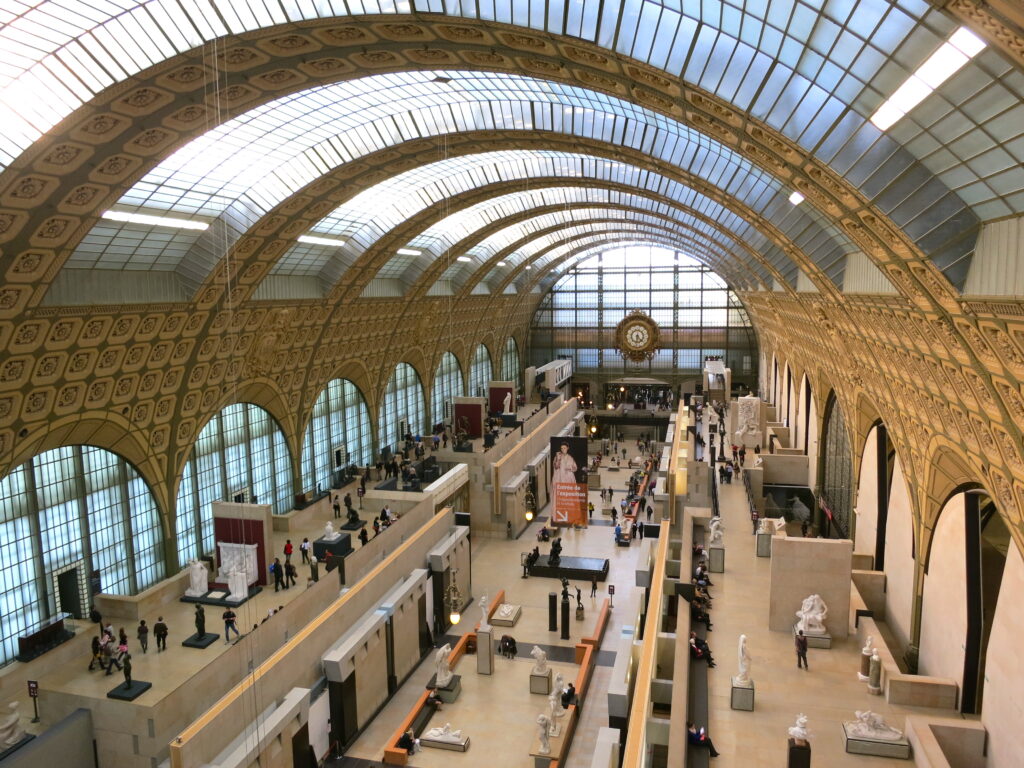
You are very active in Milan, where you recently illuminated Fondazione Rovati – a newly added element to the city’s culture. What kind of experience was it?
«Here, too, the project was created step by step and not without difficulty. In the early phase I worked on a mock-up of Cucinella’s set-up, where the artifacts had been replaced with polystyrene objects. But when we went on to test the lighting with the museum artworks the result was completely different and disappointing: you couldn’t read the details, the decorations, the engravings… We had to reset what we had done until that moment and start over again to achieve the result we see today – which we’re very satisfied with. The lighting scheme, especially in the underground spaces, is essential to create that semi-darkness that gives you a sense of descending into a tomb or a cave, discovering a treasure, whilst ensuring good access to the works of art on display».
You have contributed to the lighting scheme of City Life, and you’re currently working on the lighting of CityWave by BIG, the newest addition to the neighbourhood. What should we expect from this new project?
«The lighting designed for the suspended canopy above the entrance portico of Piazza Tre Torri will be an indirect one. We looked for very small fixtures to be integrated invisibly with the tie-rods supporting the long roof. We look forward to seeing the final result as we’ve already carried out many digital simulations, but it is only on site that we will be able to check everything. We also worked with BIG on the lighting design of the new San Pellegrino headquarters, enhancing the intradoses of the large arches forming the bridge and the building. Bjarke Ingels, founder at BIG, is a very interesting character: unlike other designers, he does not have a signature style that he attunes to different contexts; instead, he always manages to come up with ground-breaking architectural projects which fit perfectly into the context and their intended use, without neglecting the wishes of his clients. Renzo Piano (who won the Pritzker Prize in 1998, his best-known projects include Centre Pompidou in Paris, The Shard skyscraper in London and the viaduct over the Polcevera which replaced Morandi Bridge, in Genoa – editor’s note), with whom I have worked several times, has this same ability».
